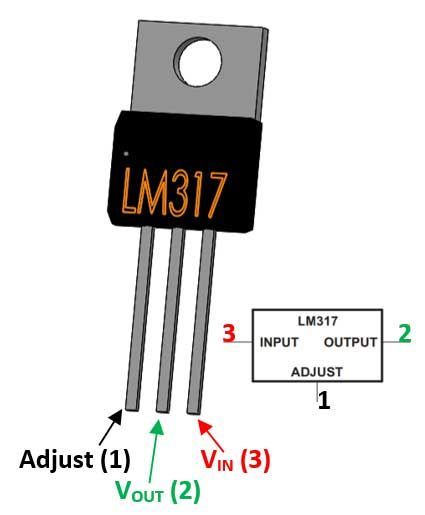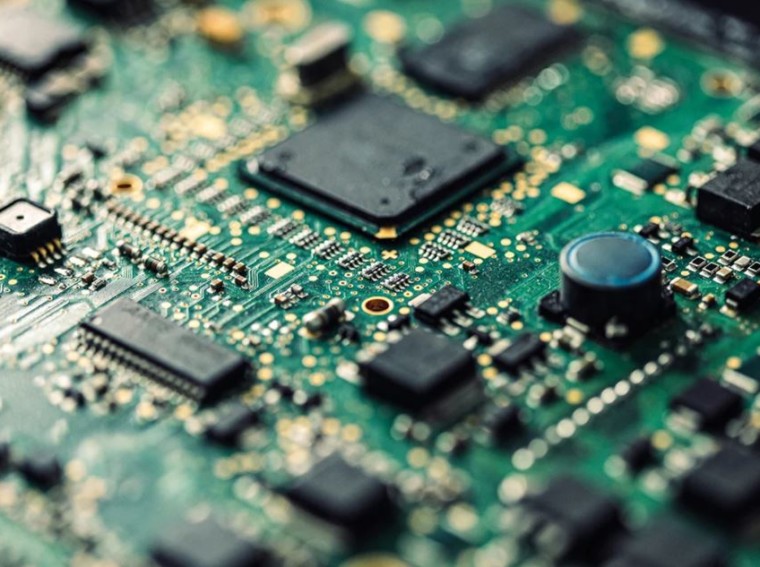LM317 is a three-terminal regulator IC commonly used as a variable voltage regulator. It was designed in 1976 by Bob Dobkin when he was a worker at National Semiconductor. LM317 is used in DC to DC converter applications.
LM317 is a linear regulator. Linear regulators waste power naturally, and the current passed is the product of the voltage difference between the output and input and the current gain. To prevent the temperature from rising too high, the IC requires a heat sink.
If the voltage difference is high, the power lost as heat becomes more significant than that provided to the circuit. This shows how the IC works and how easily it gives stable voltage with few other components.
LM317 datasheet
According to its datasheet, some of the main specs of the IC are:
- The operating junction temperature of 1250C
- The output current of 1.5A
- The output voltage of 1.25V-37V
- Adjustable voltage regulator
- Maximum output current when a voltage difference is 15V is 2.2A
- The maximum input to output voltage difference is 40V, and recommended is 15V
The following are the key application areas for the IC:
- Motor control circuits
- Reverse polarity circuits
- Variable power supply
- Positive voltage regulations
- Current limiting circuits
- They are used in DVD, PC, desktop, and other consumer products.
LM317 pinout
LM317 has three pins. The first pin is the ‘adjust’ pin which functions by adjusting the output voltage. Pin 2, Vout, is used for obtaining the regulated output set by the adjust pin. The third pin is also known as the Vin, and it receives the input voltage to be regulated.
You can look at the LM317 pinout diagram below.

LM317 Equivalents and Replacement Details
As a Three Terminal Positive Voltage Regulator, equivalents of LM317 are LT1086, LM337, PB137, and LM1117. The IC that is most likely to be used for variable voltage regulation is the LM317, and it can also be used as a battery charger and a fixed voltage regulator.



